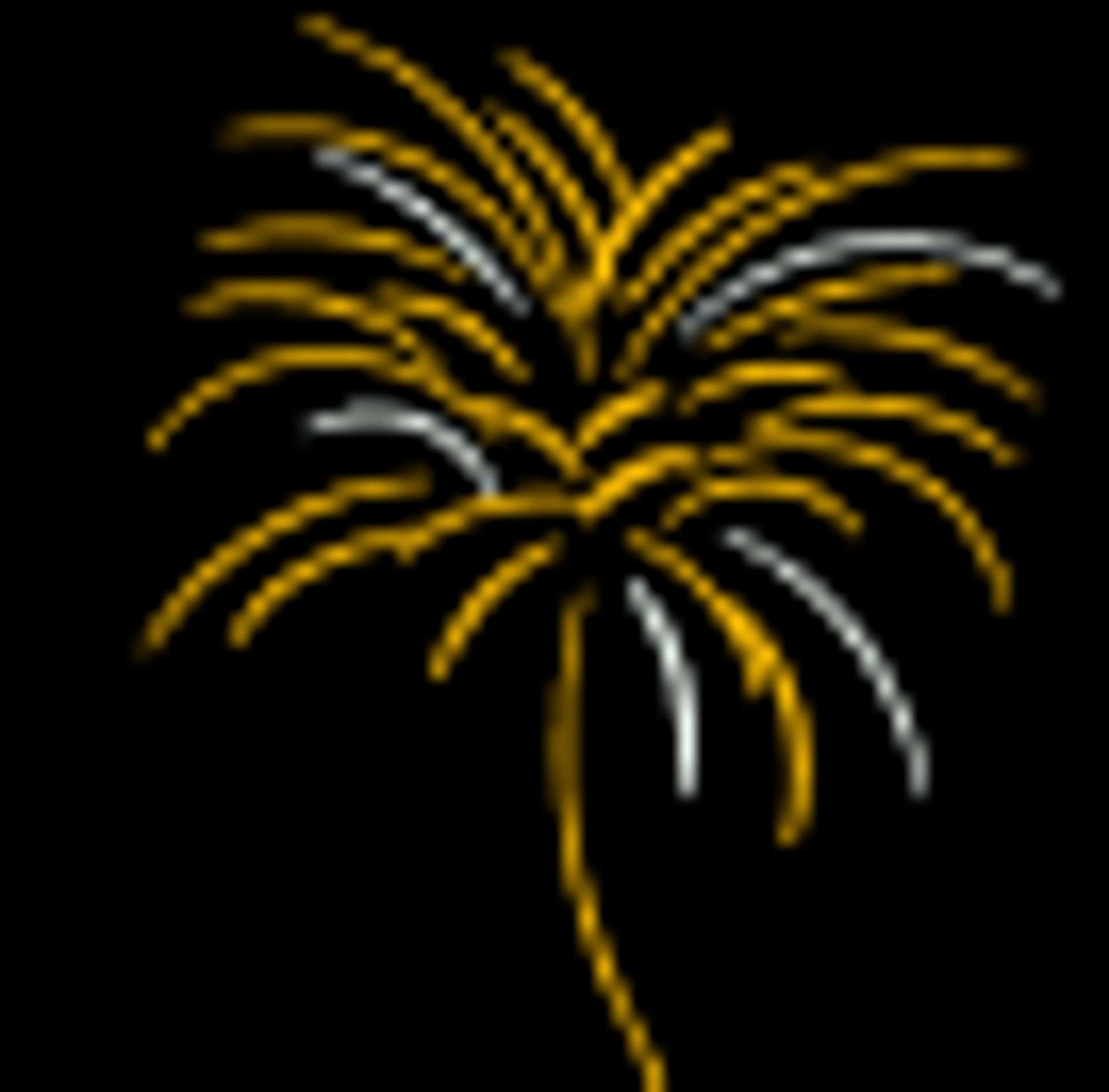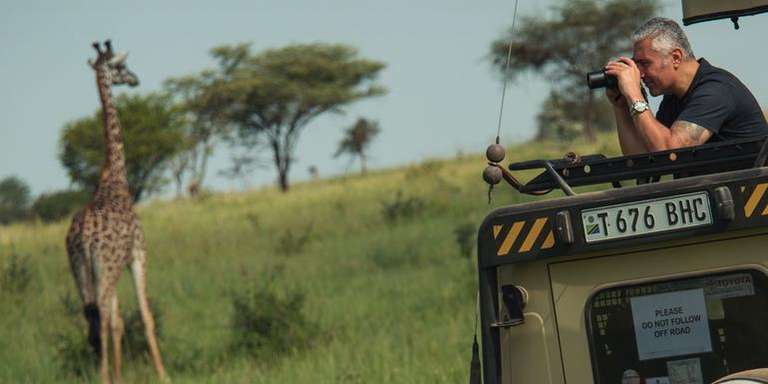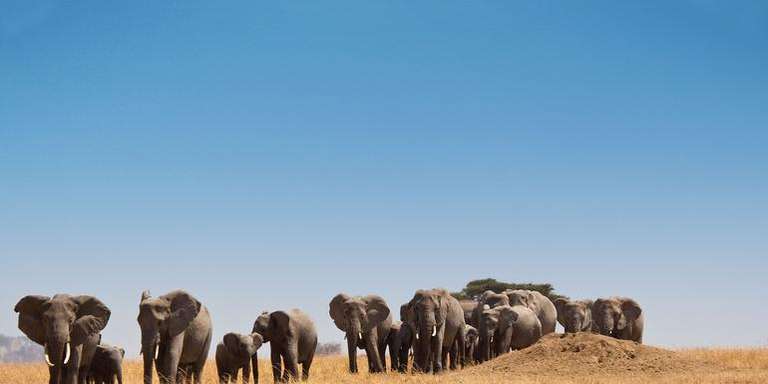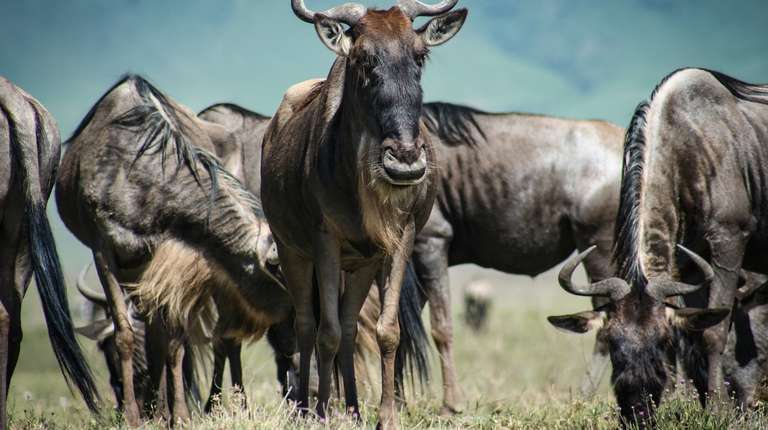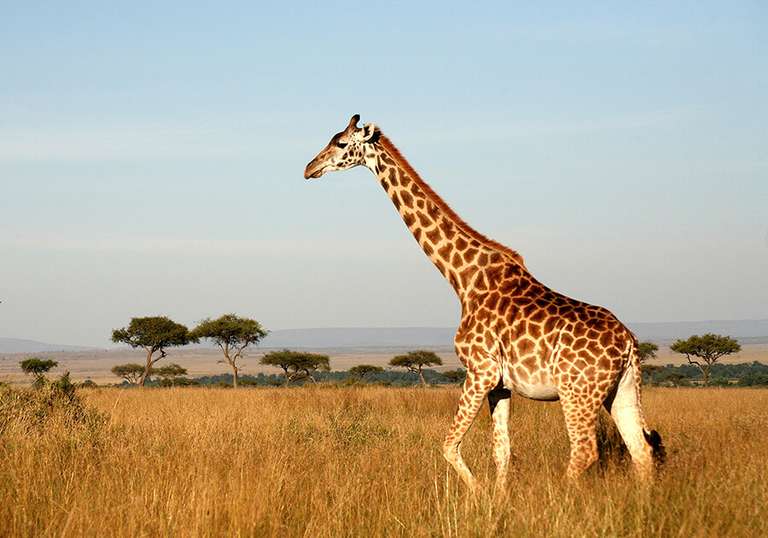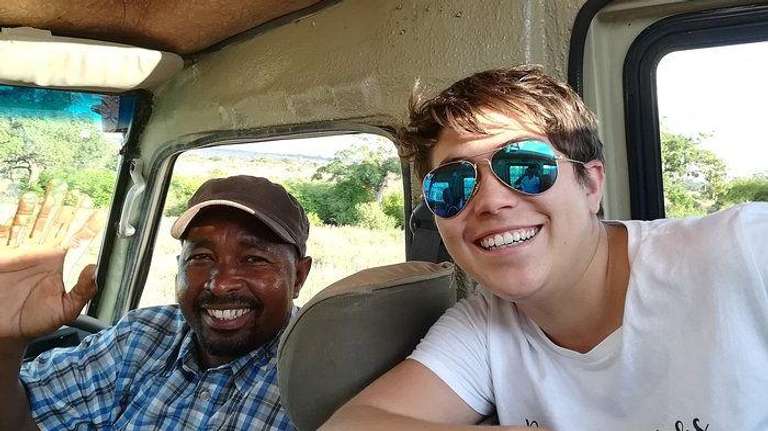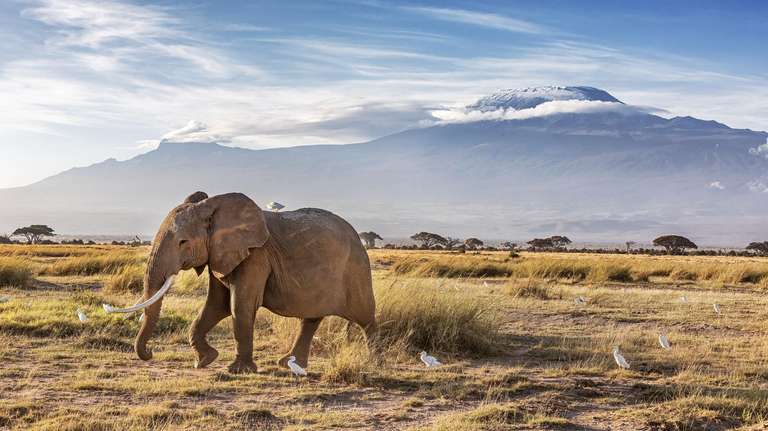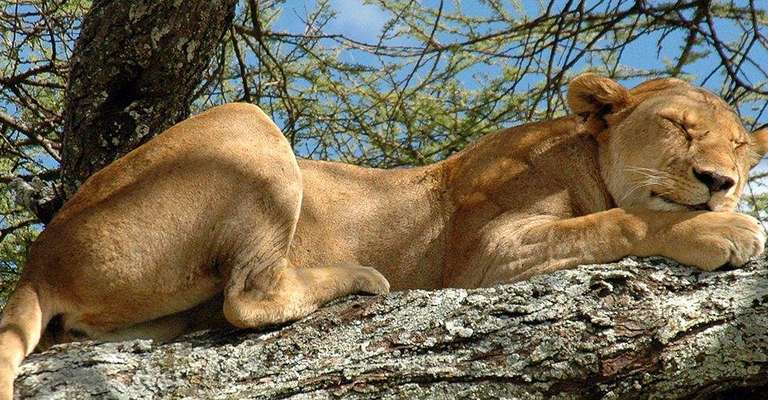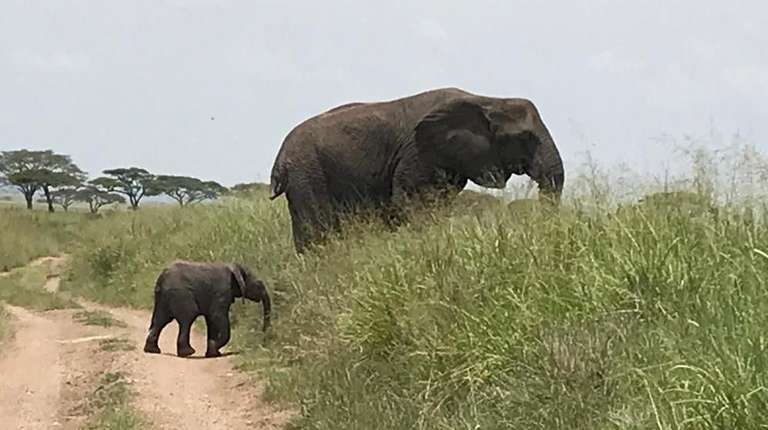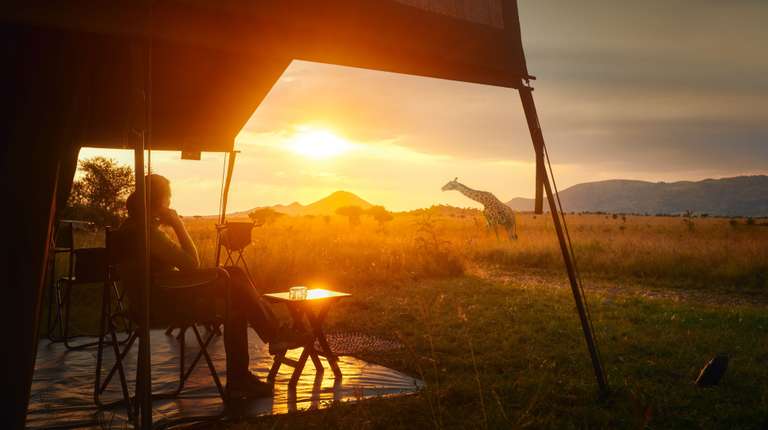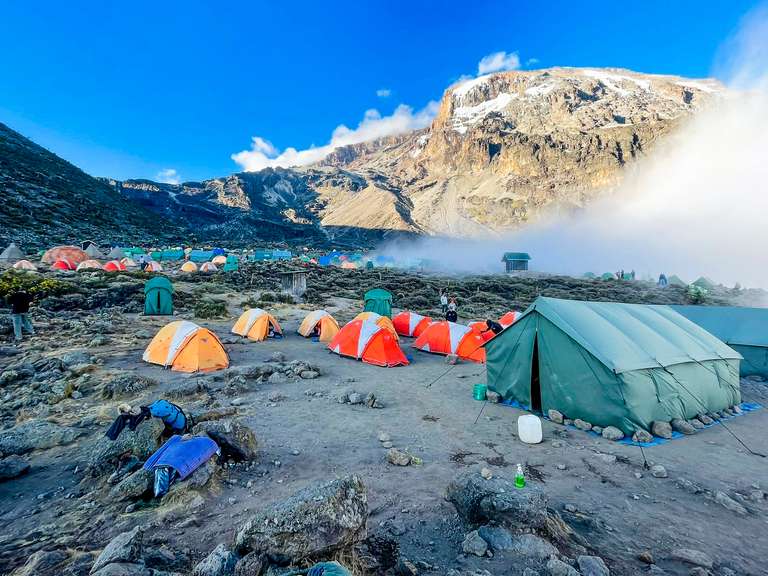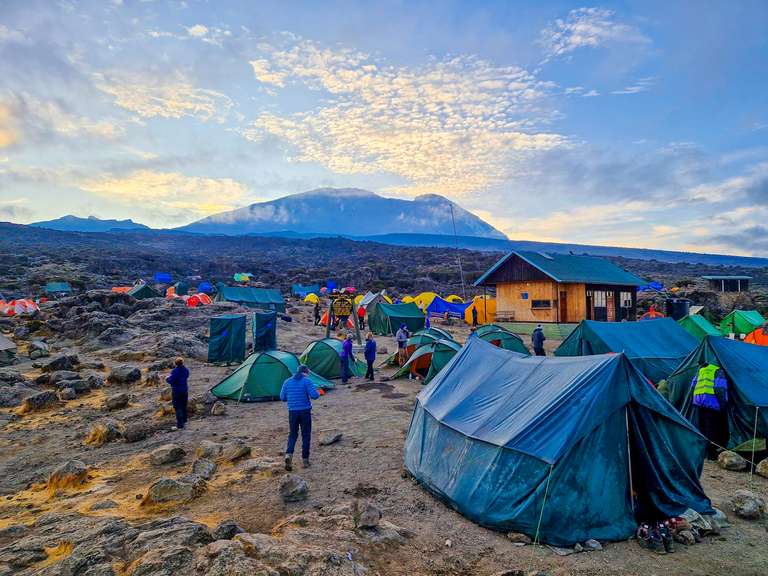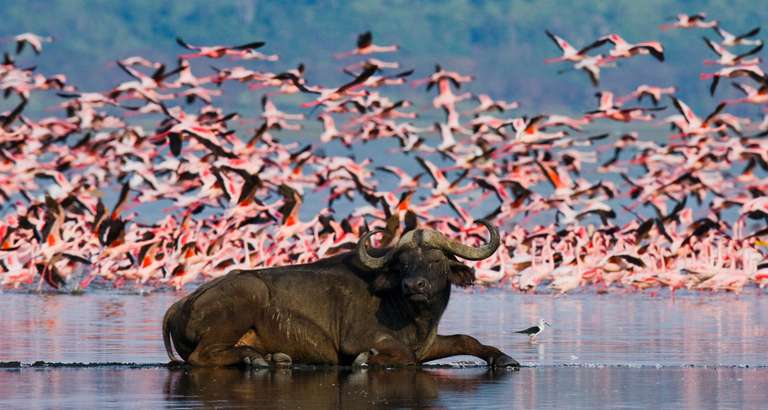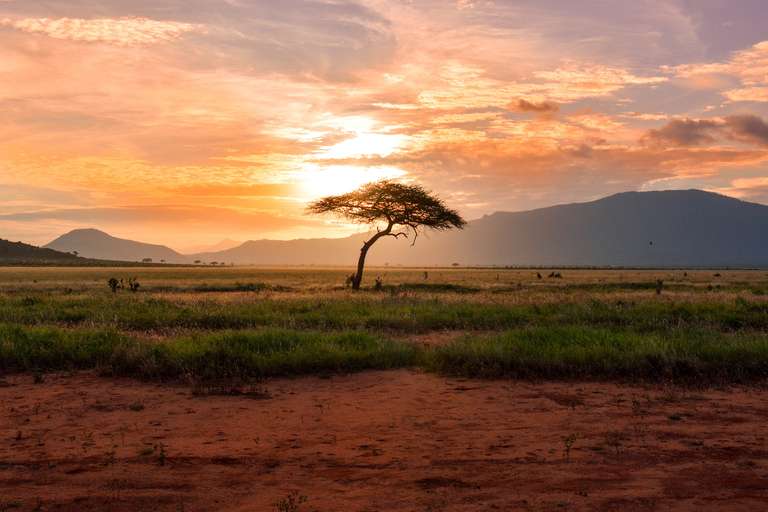Lake Manyara National Park Safari Guide

- Sim0r
- From Germany
- Sim0r
- From Germany
- Bhumika Sultania
- From India
- Liam Dubois
- From Belgium
Lake Manyara Safari Ratings
| Annual Visitors: | 180000 | |||
| Size: | 325 sq. kms. | Wildlife Rating: | ||
| Altitude: | 3,130 feet to 6,742 feet | Scenery Rating: | ||
| Location: | 130 kms. (81 miles) from Arusha | Bush Vibe: | ||
| Commonly Visited: | Serengeti NP, Ngorongoro Crater |
Pros and Cons of a Manyara Safari
Pros:
- Breathtaking scenery
- Night safari experiences
- Get to see elephants from up close
- Vast diversity of birds and animals in a small area
- One of the best places in the world to check out flamingos
Cons:
- The park gets very crowded during peak season

Birds and Animals of Lake Manyara
You’ve probably seen countless images of tree-climbing lions idling on picture-perfect acacia trees. You might have also seen images of thousands of pink lesser flamingos gracing a glittery lake. Chances are, most of those images belong to Lake Manyara.
Lake Manyara might be one of the smallest national parks in Tanzania, but it surely packs a punch in each safari. Sure, that traditional safari ‘feel’ might be missing here, but you cannot help from squealing in delight every time you pass a pod of hippos with egrets lazing on their backs, olive baboons, elephants, zebra, giraffe, buffalo, wildebeest and blue monkeys. And given the small size of the park, those squeals never seem to stop.
Birdlife is incredibly rich here as well. Lake Manyara hosts as many as 400 species and common sightings include huge flocks of flamingos, silvery-cheeked hornbills, bee-eaters and white pelicans.
Common Animal Sightings



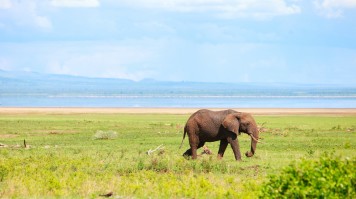
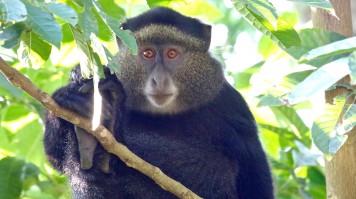

Common Bird Sightings

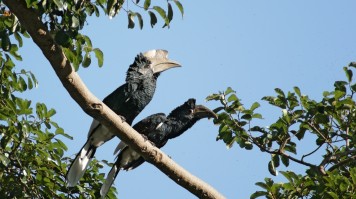

Things to Do in Lake Manyara National Park
This may be one of Tanzania’s more underrated parks, but its smaller size and more concentrated wildlife makes it an ideal destination for avid wildlife enthusiasts. Lake Manyara National park is a simplistic national park with one main route to navigate through, but don’t get fooled by its looks. It really is the perfect destination for those who have just started exploring wildlife enclosures. The following are just some of the highlights of Lake Manyara National Park.






Find out more about the top things to do in Lake Manyara National Park.
Accommodation at the Lake Manyara National Park
From over-the-top safari lodges and stunning private villas, to quaint tented camps and mid-range budget hotels, there is no shortage of places to stay at the Lake Manyara National Park. You can find something perfect in just about every region of the park, and on private reserves bordering the park, many of which take luxury and exclusivity to the next level.
Learn more about the top lodges in Lake Manyara National Park.
Best Time to Visit Lake Manyara National Park

The months of July to October see very little rainfall and are the best months to visit Lake Manyara and meet its animal population. However, if you love birds, canoeing and serene waterfalls, and don't mind tormenting rains, you would find the area to be much more attractive during the wet season, i.e., the months of November to June.
Getting There
Most safaris to Lake Manyara start in Arusha, and also include Serengeti, Ngorongoro or both. Arusha is well-connected to the rest of the world by the Kilimanjaro International Airport, while Arusha Airport mostly serves regional and domestic passengers.
You can travel to Lake Manyara via road. Arusha is located at a distance of just 130 kms. (81 miles) and you can easily get to the park within three hours.
